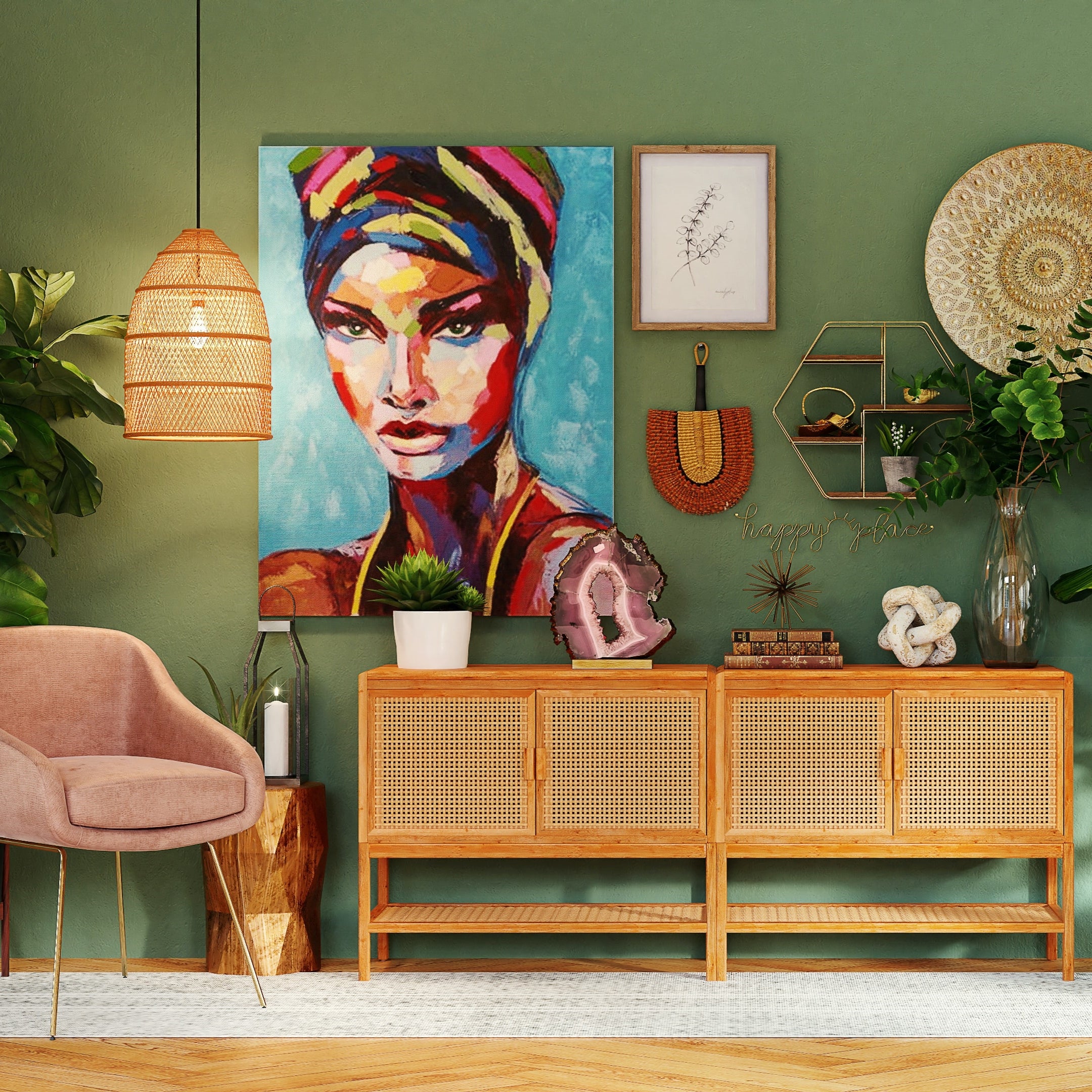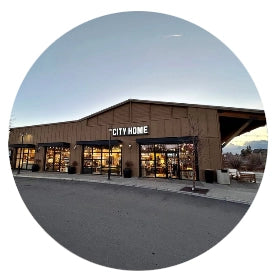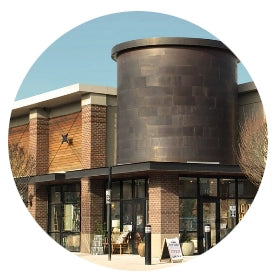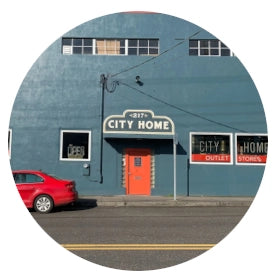Creating Multifunctional Spaces in Your Home
Many of us live in homes that could benefit from the installation of multifunctional spaces, spaces with a dual purpose, or even several purposes. For those of us who are limited on space, it’s important to make the most of every square inch of our homes so that we can live comfortably. Let’s look more at multifunctional spaces to see how they could work for you.
What Is a Multi-Use Space?
Traditionally homes have always been set up with each room having one purpose, such as a kitchen for preparing food, a dining room for eating food, a living room for relaxing, and a bedroom for sleeping. Nowadays, with space becoming more of a hot commodity, especially in urban or densely populated areas, we need to adapt our lifestyles so that one space can have several functions. Simply put, a multi-use space is a part (or all) of your home where that space serves more than one function.
How Multifunctional Interior Design Tricks Can Make a Room Work
There are plenty of ways in which you can use interior design tricks to make your room work more cohesively. Here are two ways to utilize interior design techniques to blend a room's functions.

Space Zoning
Firstly, you can try zoning. Zoning is where you use colors or furniture to “divide” the spaces into their functions. For example, if you have a workspace in your living room, placing a different colored rug and coordinating décor items in the workspace can give it its own boundary.
Blending Functions
Secondly, you can blend the functions. So instead of making a sharp definition between, say, dining and cooking, why not celebrate the link by installing seating around the kitchen island (or better still, a dining table extending from the kitchen island). Blending these functions can improve the flow of your space and allow for better hosting of guests and family.
The Advantages of Multifunctional Furniture
Over the last few years, we have seen a huge shift in how we perceive our homes and how we live in them. We had to make classrooms out of kitchen tables and home offices out of guest rooms. Thankfully design has caught on and we are now seeing furniture that has a multitude of uses. From coffee tables that act as both storage and workspace to desks that convert into guest beds.
Choosing Multifunctional Furniture for Small Spaces
Just because the space is small doesn’t mean that your ideas have to be small. In fact, there are many multifunctional furniture options that can help you make your room dual purpose. Making the most of every inch of your home is paramount which is why multifunctional furniture will be a godsend to your design scheme.

As well as separating spaces with storage and shelving units, try adding storage into more unlikely corners such as inside staircases, on top of kitchen units, and over door frames. Futons, drop leaf tables, fold-down computer desks, and stacking tables can also help to ease space while serving a function (or two).
What is the purpose of multifunctional furniture?
As suggested above, multipurpose furniture allows us to make our spaces exactly what we want. Multifunctional furniture will help you add these elements to an existing space without forfeiting the function or losing space.
Suppose you want to change your space and give it a dual function but don't know where to start. At City Home, we have an expert team of designers to help you achieve your dream space. Check out our portfolio or get a consultation here!
Frequently Asked Questions on Multifunctional Spaces
Below is a list of the most common questions we get asked when we talk about making your home more functional by incorporating multifunctional spaces.

Why are multifunctional products useful?
We are living in a world where house prices and rent are going up, but our wages aren't increasing at the same rate. This means that we are looking for ways to make smaller properties and spaces work for us and our budgets. Multifunctional products allow us to create a space that works with our lifestyles and doesn’t limit us to having to choose between a living room and a place to sleep. Multifunctional products are also often built better than standard flat-packed furniture and therefore last longer too.
How do you create a multifunctional space?
Creating a multifunctional space can be as simple or as complex as you’d like it to be, depending on the types of spaces you are trying to merge. For example, a kitchen with a dining area works in unison to become a multifunctional space.
However, creating a living and sleeping space may mean more of an innovative approach. There are two main things to consider, the first is zoning, and the second is multipurpose furniture. Zoning can help create boundaries design-wise, while multifunctional furniture can help embrace the dual use of the space.
What is multi-functional design?
Multi-functional design is when either a space or an item has more than one use. Examples of multifunctional design could be a day bed (that acts as seating through the day and is for sleeping at night) or a fold-out table which can be used as a desk for part of the day and a dining table for mealtimes.







